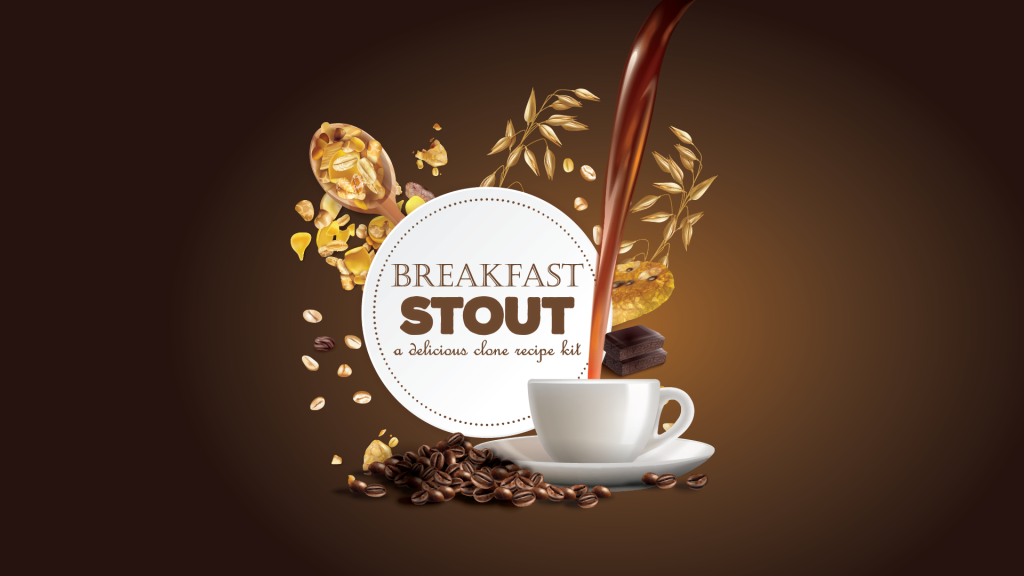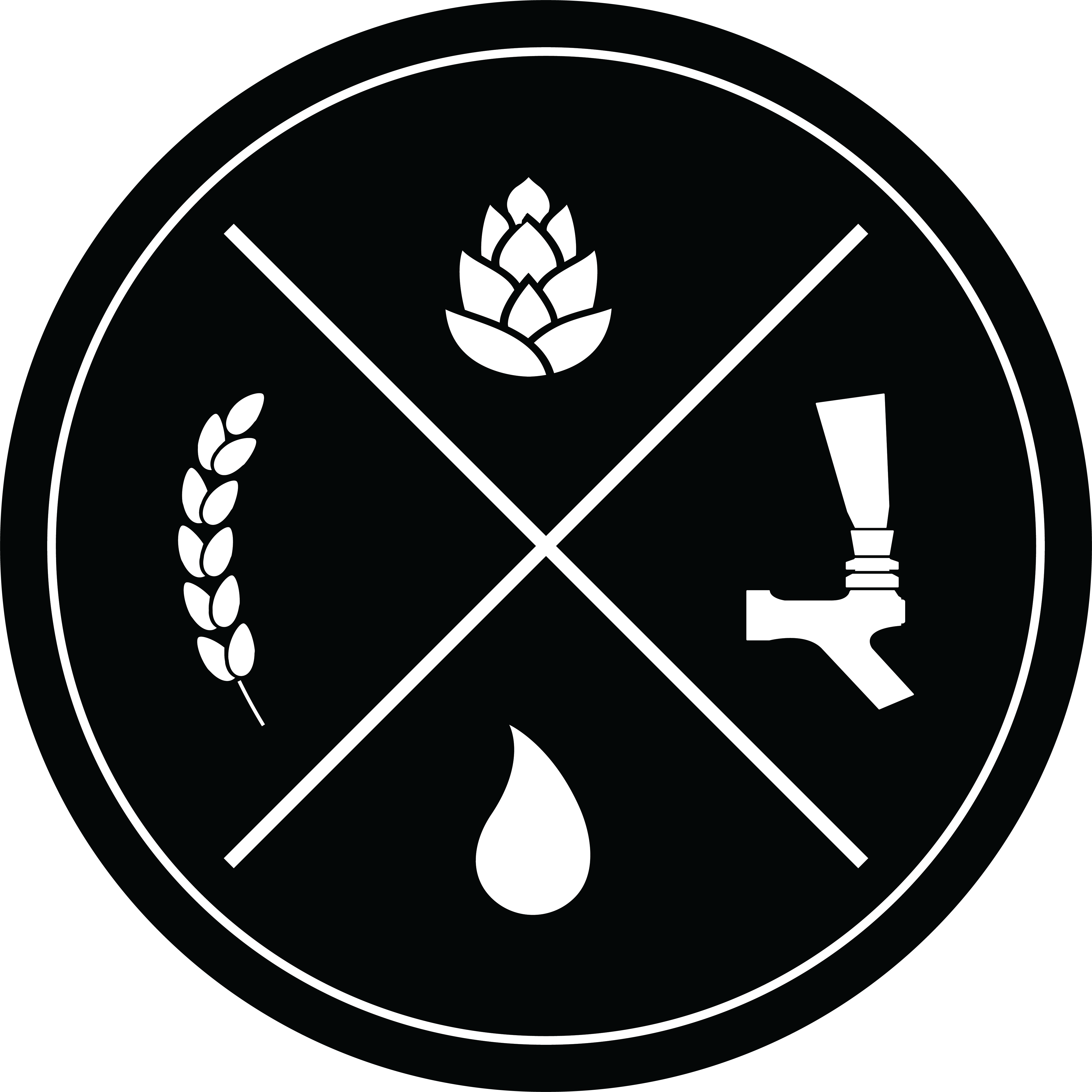
There was a time in Homebrew Happy Hour’s past where I spoke so frequently about Founder’ Breakfast Stout that Todd made me promise to stop. Nowadays, you’d think he might regret that because now all I talk about is kolsch! My love/obsession with kolsch aside, I’m still a sucker for a good stout. Every year, my Pop and I brew a batch of imperial coffee stout based on a clone recipe for Founder’s Breakfast Stout. Year after year, it has produced some of the best beer we’ve ever brewed and I’m happy to now share that recipe with you.
All ingredients below can be purchased at MoreBeer!’s website
Founder’s Breakfast Stout (5 Gallon) |
||
Grains / Additions |
Hop Schedule |
Yeast |
| • 12.5 lb Pale Ale Malt • 1.5 lb Flaked Oats • 1 lb Chocolate Malt • 12 oz Roasted Barley • 10 oz Carafa Type III • 8 oz Caramel 120L • 2.5 oz Baker’s Chocolate (Flame Out) • 4.5 oz Coarse-ground Coffee (See Below) • 1.5 oz Cacao Nibs (Flame-Out) |
• 60 min 1.75oz Magnum • 15 min 0.50oz Willamette • 5 min 0.50oz Willamette |
IMPERIAL DARKNESS |
| By the Numbers
OG: 1.079 FG: 1.023 ABV: 7.3% IBUs 60 Mash Temp: 154° |
Due to the chocolate added at the end of the boil, make sure to top up the batch volume to 5.25 gallons, as there will be quite a loss to trub in the fermenter. The first addition of coffee is in the boil, and the grounds can be loosely bagged in a hops bag and added at flame out, to steep in the wort. It is recommended to do a secondary fermentation on this beer, to get it off of the trub and coffee grounds, and it can be racked onto the second coffee addition (cold brewed). The second coffee addition is 2 ounces of coarsely ground coffee, brewed with 12 ounces of water, cold brewed and added at secondary fermentation. If not doing a secondary, the second coffee addition can be added at bottling time. Due to the high starting gravity of this beer, we recommend purchasing two packages of yeast or to make a yeast starter. However, you’re safe just following the directions and recommendations on whichever yeast you choose to use. Aerate the cooled wort thoroughly, to ensure a healthy fermentation.
Want a printable version? CLICK HERE


